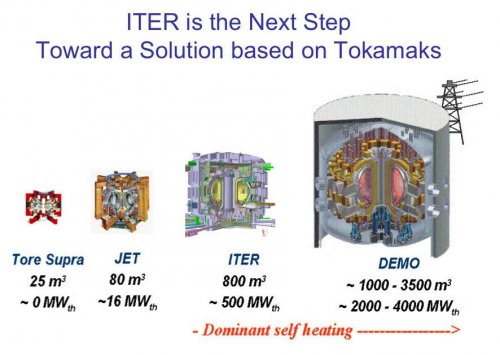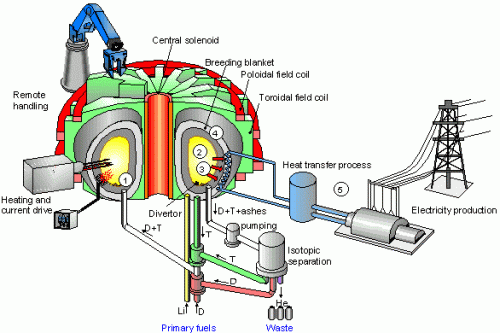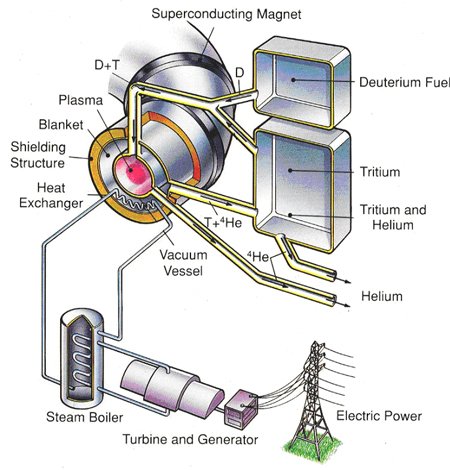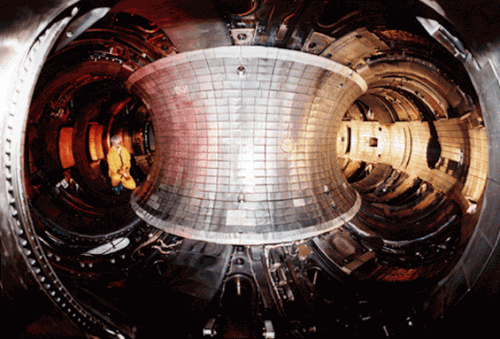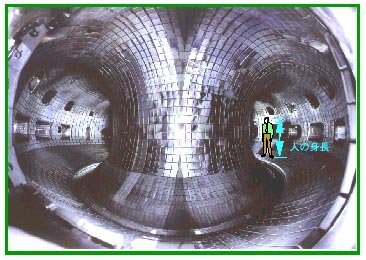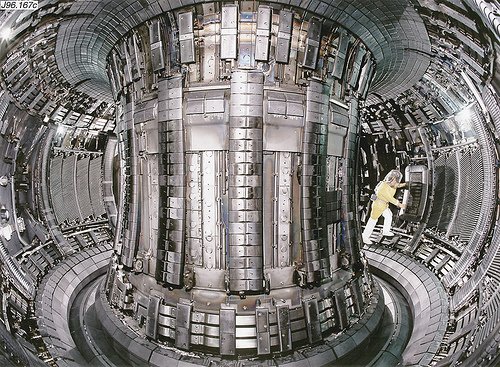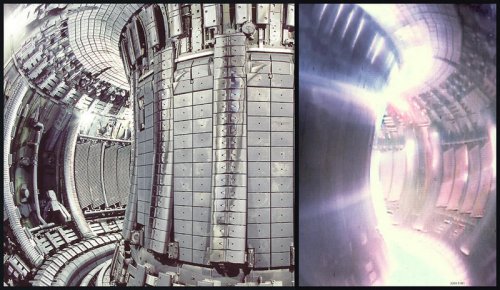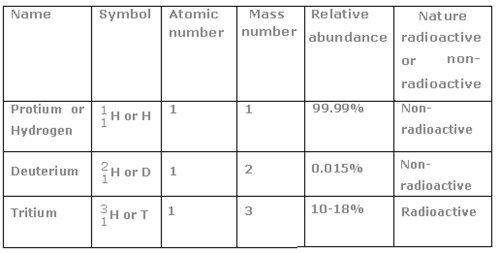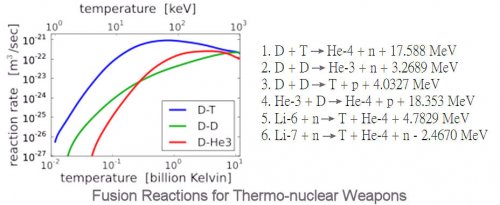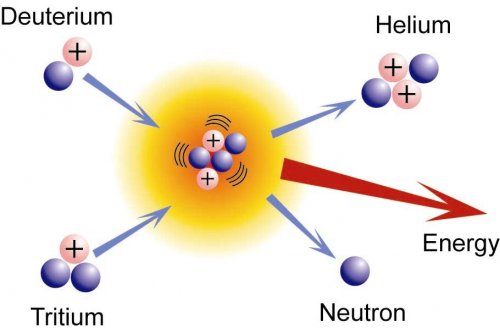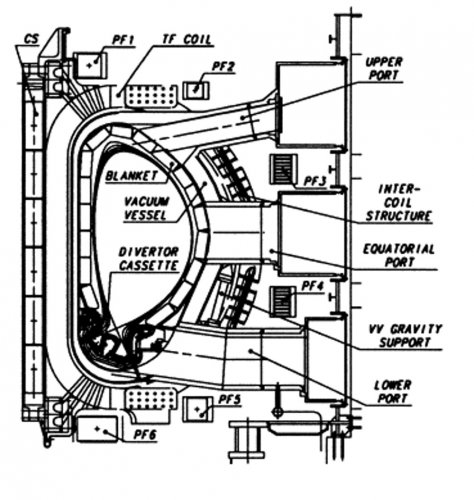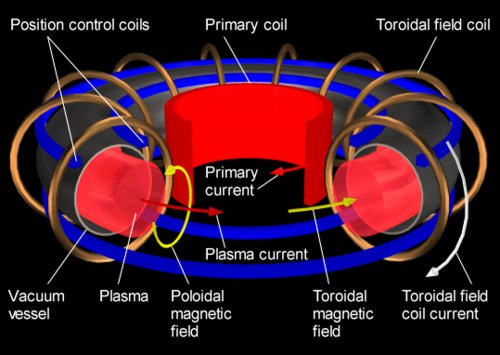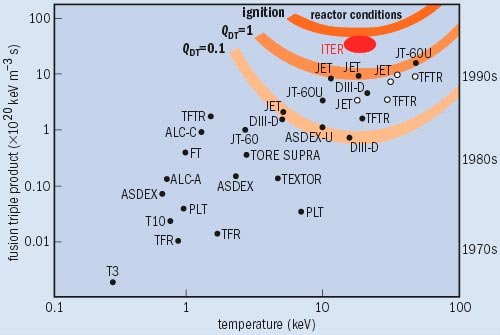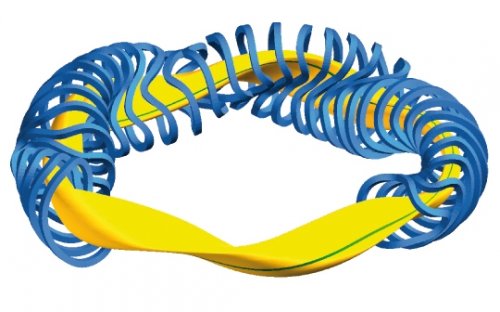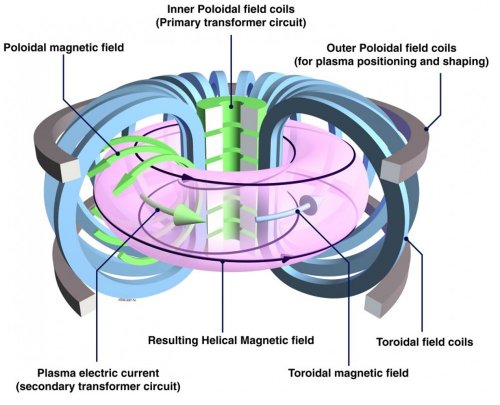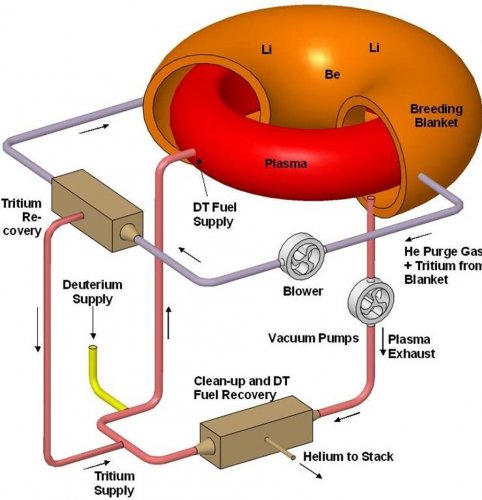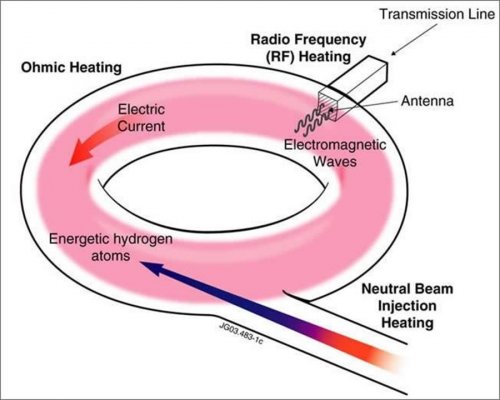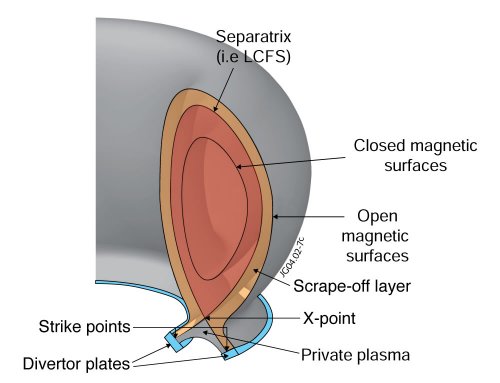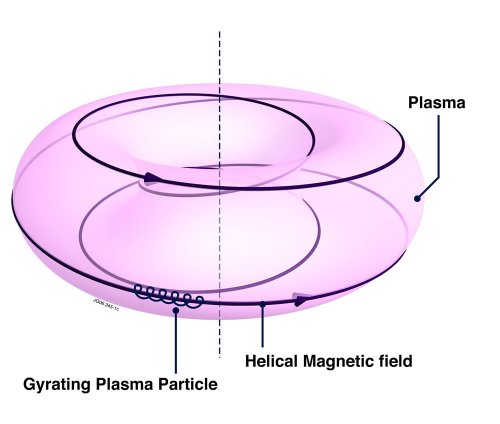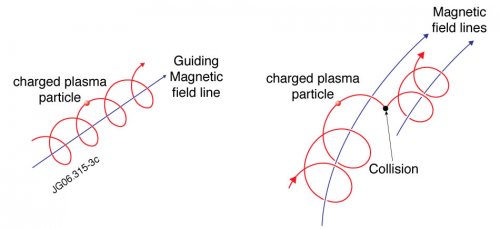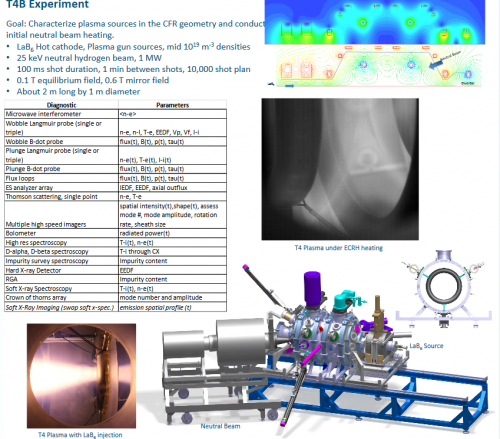Dragon029
ACCESS: Top Secret
- Joined
- 17 March 2009
- Messages
- 881
- Reaction score
- 440
http://www.youtube.com/watch?v=JAsRFVbcyUY
I hadn't seen this video / heard of this story until about a month ago, and up until tonight, hadn't realised how significant it could be, assuming all is true (noting of course that I'm nothing of a nuclear physics expert).
So what are the chances that their expectations (a production model possible for 2017) are plausible? Obviously 2017 is fairly far-fetched, even excluding the scientific / engineering perspective, but what would be the chances that we see break-even fusion some 15-30 years before projects like ITER reach the same point? Certainly being a Skunk Works project would lend it credibility wouldn't it?
Also, something else I find quite interesting is the idea of what kind of political environment is capable of allowing something like this to go public. If we assumed for a second that what they say is 100% true, it could mean a global upheaval of energy supply. Depending on how it's taken, it could lead (theoretically) to either global recession, or global recovery. What would Africa be capable of, powered by relatively cheap fusion?
Anyway; thoughts?
I hadn't seen this video / heard of this story until about a month ago, and up until tonight, hadn't realised how significant it could be, assuming all is true (noting of course that I'm nothing of a nuclear physics expert).
So what are the chances that their expectations (a production model possible for 2017) are plausible? Obviously 2017 is fairly far-fetched, even excluding the scientific / engineering perspective, but what would be the chances that we see break-even fusion some 15-30 years before projects like ITER reach the same point? Certainly being a Skunk Works project would lend it credibility wouldn't it?
Also, something else I find quite interesting is the idea of what kind of political environment is capable of allowing something like this to go public. If we assumed for a second that what they say is 100% true, it could mean a global upheaval of energy supply. Depending on how it's taken, it could lead (theoretically) to either global recession, or global recovery. What would Africa be capable of, powered by relatively cheap fusion?
Anyway; thoughts?

